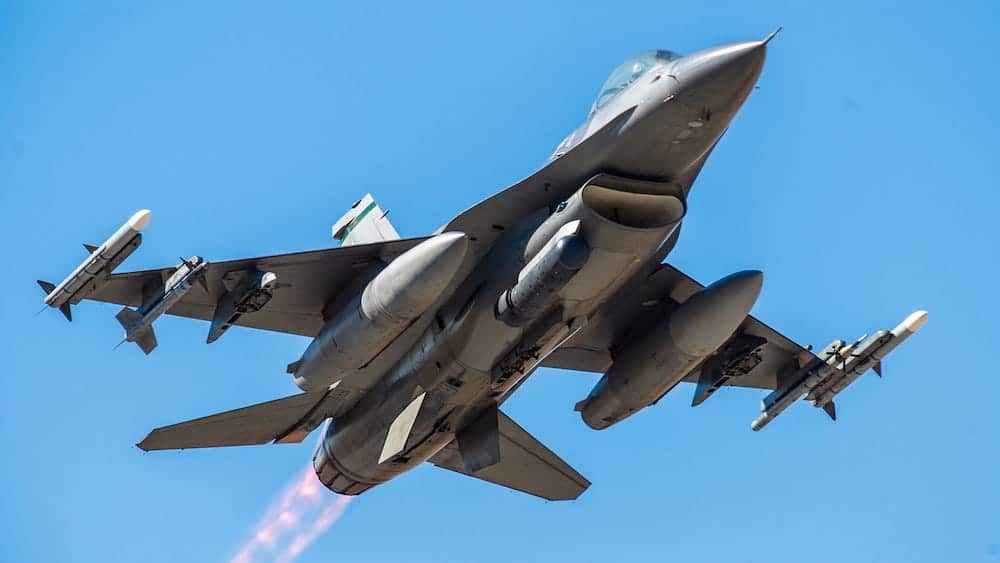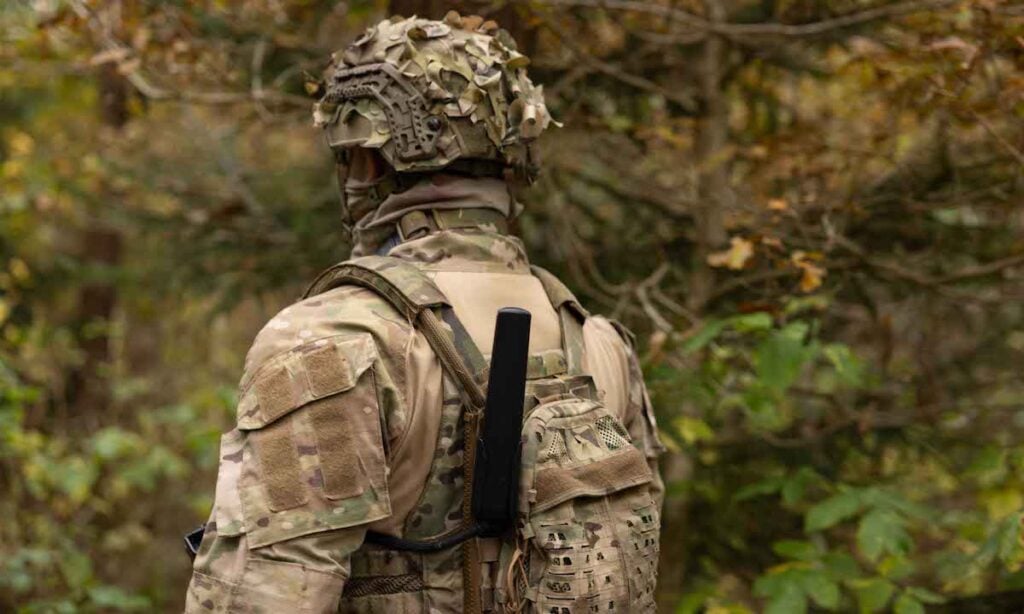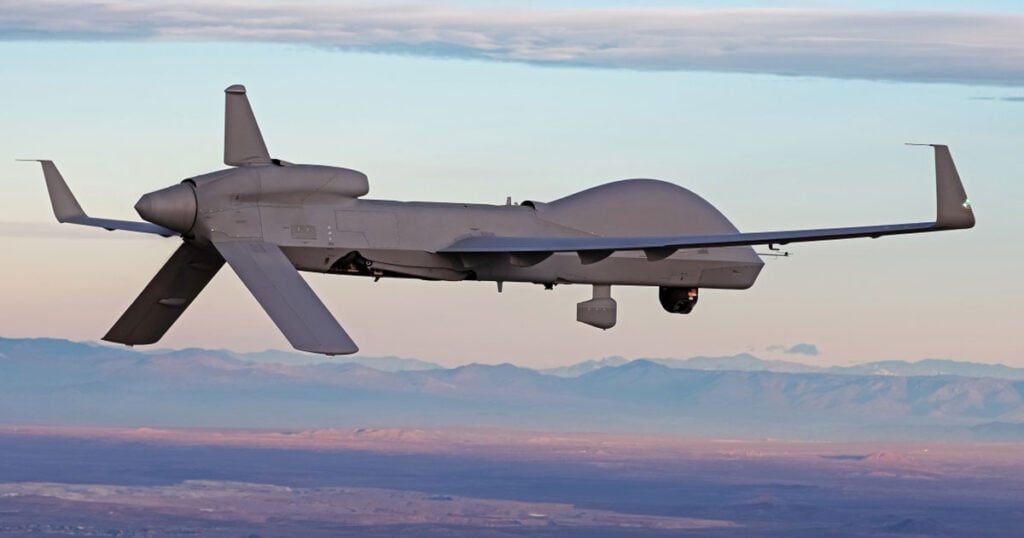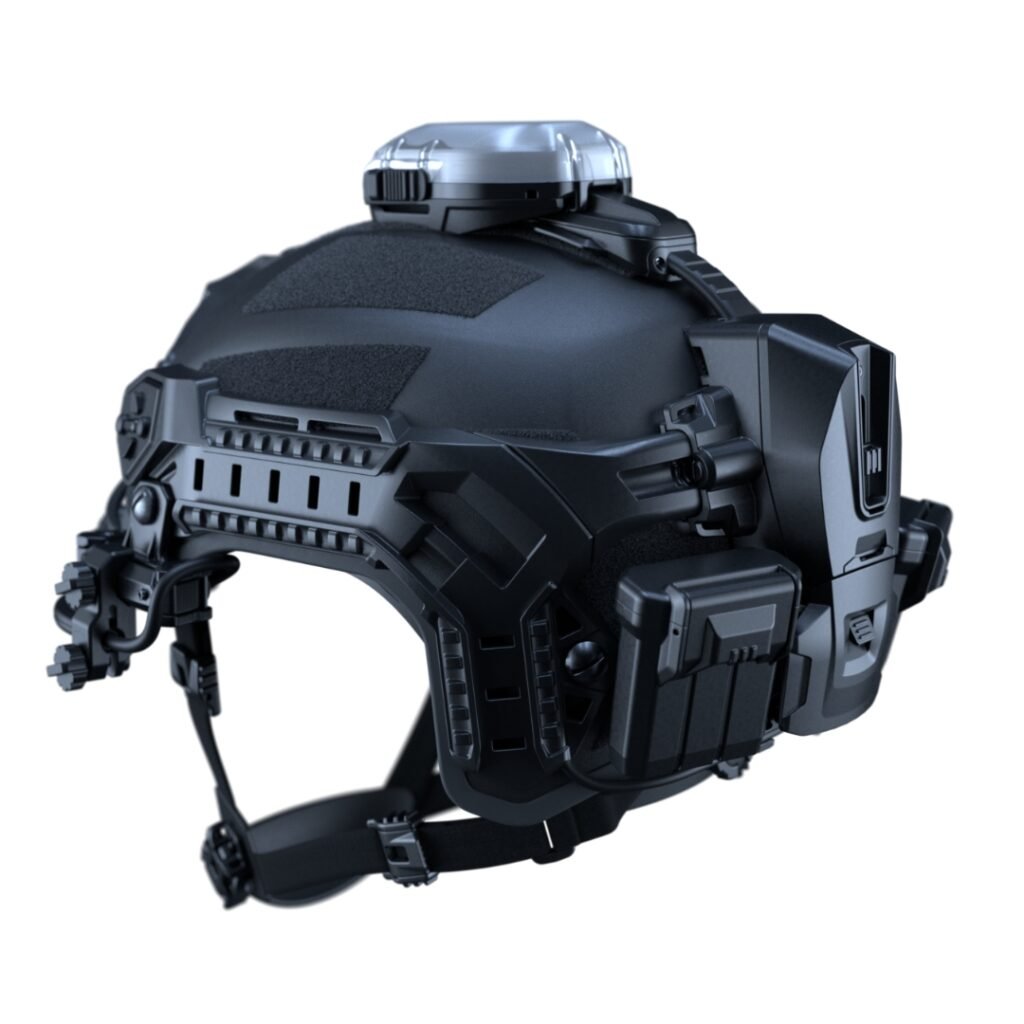
Discover Leading Defense Technology Solutions
Discover cutting-edge solutions from leading global suppliers
Collins Aerospace was selected by the US Air Force Research Laboratory to build an advanced high-impact resistant, F-16 ventral fin using Collins’ thermoplastic welding technology, which will significantly reduce weight and cost of the current design.
Collins is investing approximately $100 million dollars over the next five years toward the advancement of its thermoplastic technology and plans to qualify and process thermoplastic materials for both military and commercial use.
Under the three-year contract, the proposed work includes application of a specialized welding process, component design and prototype fabrication for the F-16 ventral fin. The effort will leverage best practices from similar programs including the composite-based F-16 horizontal stabilator.
“We are seeing an increased demand and opportunity to replace legacy aircraft components with thermoplastics,” said Stan Kottke, vice president and general manager of Aerostructures for Collins Aerospace. “The trend is using advanced thermoplastic materials to lower the cost and weight while reducing our overall environmental footprint, and those benefits are directly passed on to our customer.”
Through automation processes on the manufacturing floor, Collins expects the cost savings to be upward of 30% where the company can use thermoplastic composite materials. According to the company, thermoplastic resin is inherently tougher than thermoset resins typically used in production. Tougher materials reduce the overall weight allowing for thinner design and increased range of the payload. Thermoplastic materials have an indefinite shelf life, can be stored at room temperature, and can be reused or recycled. This eliminates the need for energy intensive cold storage required for thermoset raw materials.
The next step is to advance and mature the unique designs and manufacturing technologies specific to forming and thermally joining thermoplastics to create component assemblies. This work will be accomplished within the Riverside composites center.
























